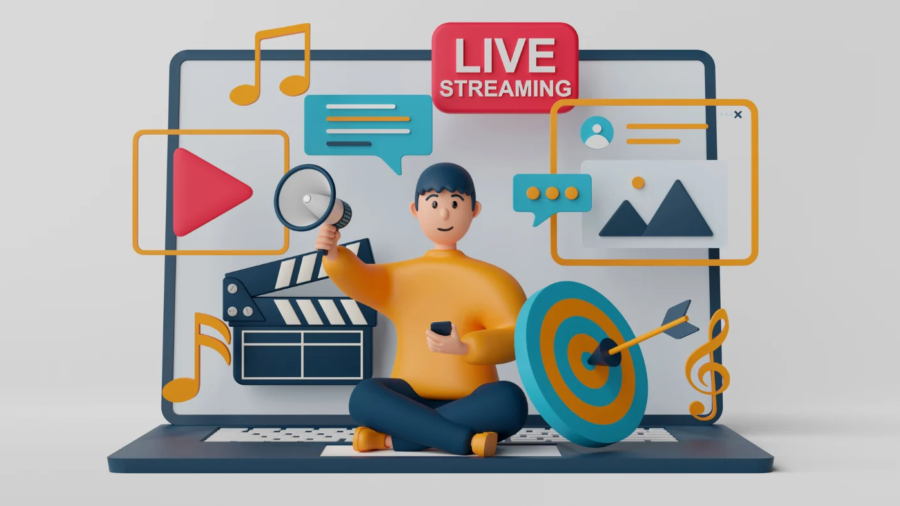What is Digital Marketing?
Digital marketing refers to the use of online channels, digital technologies, and internet-based strategies to promote products, services, and brands. Unlike traditional marketing, digital marketing allows businesses to engage with a global audience in real time, making it one of the most effective forms of modern marketing. Digital marketing is a powerful strategy that leverages online channels such as search engines, social media, email, and websites to connect with potential customers. Unlike traditional marketing, it offers businesses the ability to reach a global audience, track campaign performance in real-time, and personalize content based on user behavior. With key components like SEO, content marketing, PPC, and social media marketing, digital marketing ensures cost-effective and targeted engagement. As trends like AI, voice search optimization, and short-form video content continue to shape the industry, businesses must adapt to stay competitive in the digital landscape.
Importance of Digital Marketing
- Global Reach: Businesses can reach customers worldwide without geographical limitations.
- Cost-Effective: Digital marketing is more affordable than traditional marketing strategies like TV ads or billboards.
- Targeted Advertising: Advanced targeting tools help businesses reach their ideal audience based on demographics, interests, and behaviors.
- Measurable Results: Analytics tools provide real-time insights into campaign performance.
- Higher Engagement: Social media and interactive content create better engagement with potential customers.
Key Components of Digital Marketing
1. Search Engine Optimization (SEO)
SEO focuses on improving a website’s visibility on search engines like Google. It involves:
- Keyword research
- On-page optimization
- Link building
- Mobile optimization
2. Content Marketing
Content marketing involves creating valuable, relevant, and engaging content to attract and retain an audience. Examples include:
- Blog posts
- E-books
- Videos
- Infographics
3. Social Media Marketing
Social media platforms like Facebook, Instagram, LinkedIn, and Twitter are powerful tools for engaging with audiences. Strategies include:
- Organic posts
- Paid advertising
- Influencer partnerships
4. Pay-Per-Click Advertising (PPC)
PPC campaigns, such as Google Ads and Facebook Ads, allow businesses to pay for targeted traffic. Benefits include:
- Immediate results
- Budget flexibility
- Precise audience targeting
5. Email Marketing
Email marketing remains one of the most effective ways to nurture leads and maintain customer relationships. Best practices include:
- Personalized emails
- Automated campaigns
- Engaging subject lines
6. Affiliate Marketing
Affiliate marketing allows businesses to partner with affiliates who promote their products in exchange for a commission. This is a performance-based strategy that drives sales through referrals.
7. Influencer Marketing
Collaborating with influencers helps brands reach a larger audience through trusted voices in the industry. Influencers can:
- Promote products through reviews
- Share brand stories
- Drive conversions
Digital Marketing Trends in 2024
- AI and Automation: AI-driven chatbots, personalized recommendations, and predictive analytics enhance user experiences.
- Voice Search Optimization: Optimizing content for voice search improves visibility in search results.
- Short-Form Video Content: Platforms like TikTok and Instagram Reels are dominating digital engagement.
- Interactive Content: Quizzes, polls, and augmented reality (AR) experiences boost user interaction.
- Data Privacy & Transparency: Consumers demand more control over their personal data, making transparency crucial.
Conclusion
Digital marketing is an ever-evolving landscape that offers businesses countless opportunities to connect with their audience. By leveraging various digital strategies, brands can drive engagement, increase sales, and achieve long-term success. Whether you are a startup or an established enterprise, investing in digital marketing is essential for growth in today’s digital-first world.

